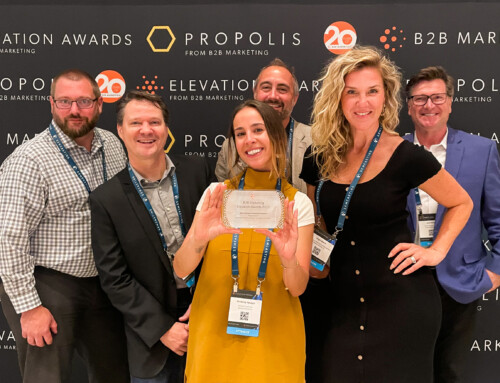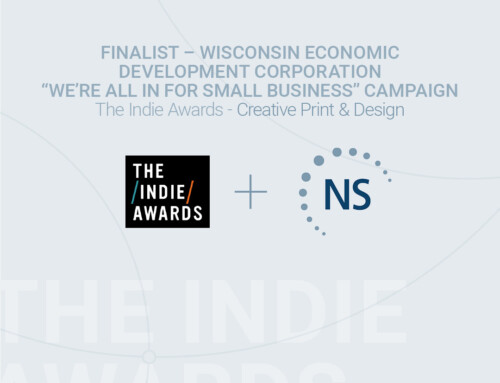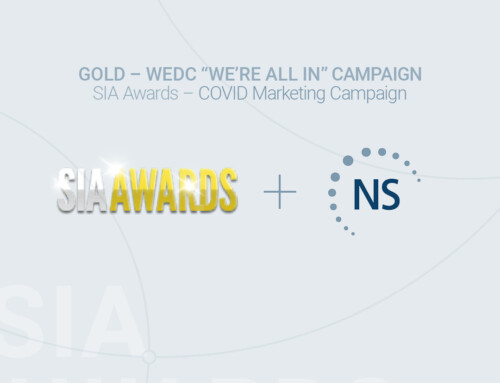How offices are adapting without these unplanned meetings
Overheard at the Water Cooler
Many project managers won’t admit this, but often, team members learn more from unscheduled impromptu meetings or “hallway conversations.” Those seemingly unimportant, chance meetings between two or more people who discuss but don’t document work topics tend to hold a wealth of useful information. These quick chit chats foster opportunities for innovation, camaraderie and strong work friendships. It also allows for less time in formal meetings and more time focused on project completion.
Some of these conversations start with a simple question like, “did you see that email I sent?” or “are you able to make it to tomorrow’s meeting?” These questions turn into five- to fifteen-minute discussions where colleagues discuss any number of things but without a conference report or meeting recap. Unlike a formal meeting, the informality of the hallway conversation can prompt employees to share how they feel about the projects they are working on. At the water cooler, there is time to ramble and no pressure to be so professional. Some of the best ideas come about when one steps away from a desk.
According to the New York Times, Jamie Terran, a licensed career coach in New York City, said that small talk between colleagues and supervisors builds rapport, which in turn builds trust. “Rapport is the feeling that allows you to extend a deadline or overlook smaller mistakes because it makes it easy for you to remember we’re only human. Right or wrong, building rapport through interaction with colleagues could be the thing that gets you the promotion or keeps you in the role you’re in.”1
Lost in the Shuffle
Of all the things that 2020 put a stop to, the hallway conversation might be the one thing that is most overlooked for its unintended importance. No matter how hard you look, you’ll never find a hallway conversation scheduled on your calendar.
Software programs like Slack and Microsoft Teams have tried to reproduce virtual versions of the hallway chat by incorporating spontaneity into the application, but it’s the visual cues of people passing one another that can’t be recreated. Passing someone’s office on the way to the breakroom triggers a memory that makes one stop and ask a question. Or maybe it’s while you are shuffling out of a planned meeting as you walk back to your office when you start to talk to someone about another project that you’re working on. Either way, those visual cues are what is missing from an online application. Saying “good morning” to a co-worker around the water cooler can have an entirely different connotation than when it’s written in an email or an IM.
This isn’t a plea to get everyone back to their desk. On the contrary, many businesses have seen an increase in productivity due to the flexible nature of the “new normal.” This is instead a chance to make note of other forms of productivity and begin a conversation on how we incorporate these essential conversations into the next version of office life. Managers must recognize that however our future teams are structured – or where they’re structured– these essential rapport-building events need to be replicated.
Moving Forward
Many people posited that the pandemic was going to be a godsend for the introvert; that people who tended to shy away from the unnecessary conversation would find the new normal refreshing. This wasn’t always the case. According to a poll conducted by Buzzfeed News2, most introverts responded (begrudgingly) that they craved human interaction more than they anticipated during the pandemic.
Whether you identify as an introvert or extrovert, all humans rely on communication to gain necessary information. Whether that information comes in the form of a creative brief, a departmental memo, a scheduled meeting or a hallway conversation, everyone can appreciate the distribution of news. As we all move forward, communication will continue to be key. It’s important to remember that even the smallest conversation, even of the hallway variety, can be vital to a productive work environment.
Work Cited
1Mannering, Lindsay. “The Awkward but Essential Art of Office Chitchat.” The New York Times, The New York Times, 17 Sept. 2019, www.nytimes.com/2019/09/17/style/the-awkward-art-of-office-small-talk.html.
2Blackmon, Michael. “How Quarantine Has Affected Introverts.” Buzzfeed News, March 10, 2021, https://www.buzzfeednews.com/article/michaelblackmon/introverts-lockdown-pandemic-quarantine






